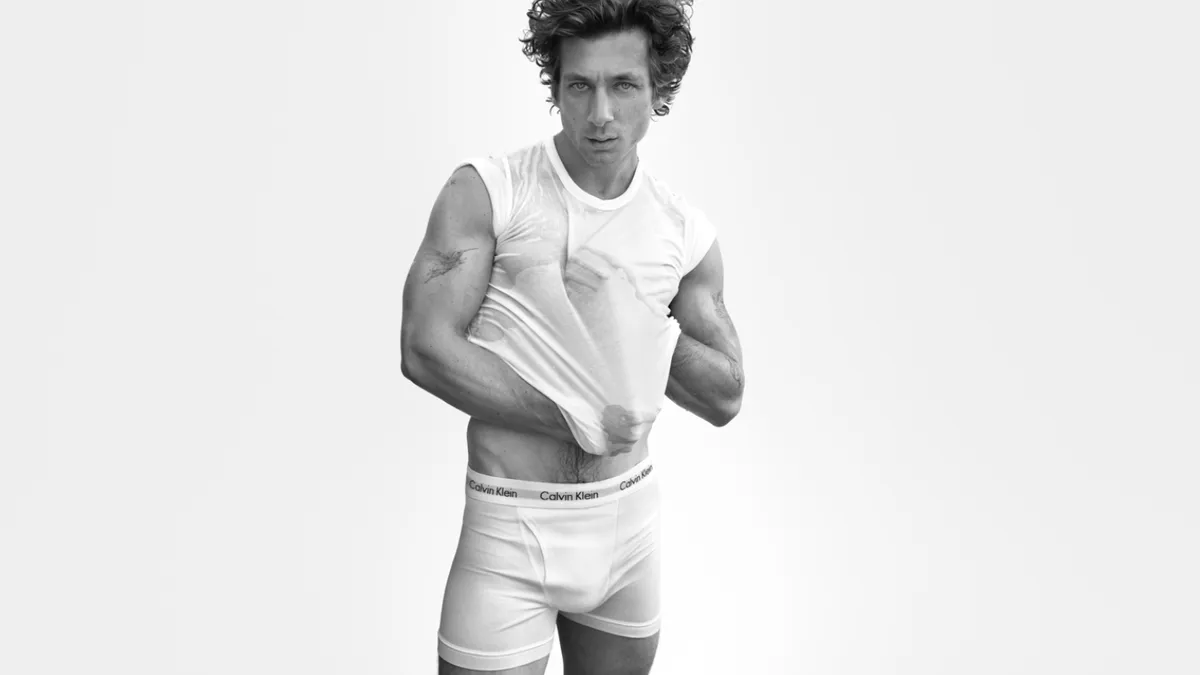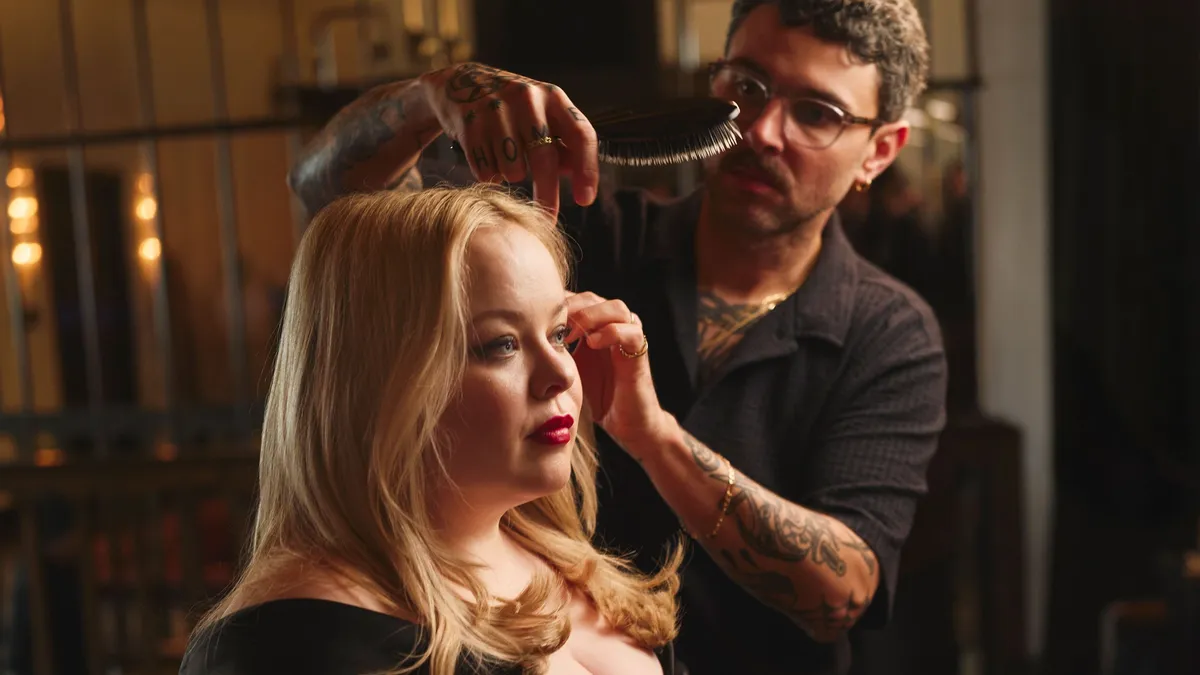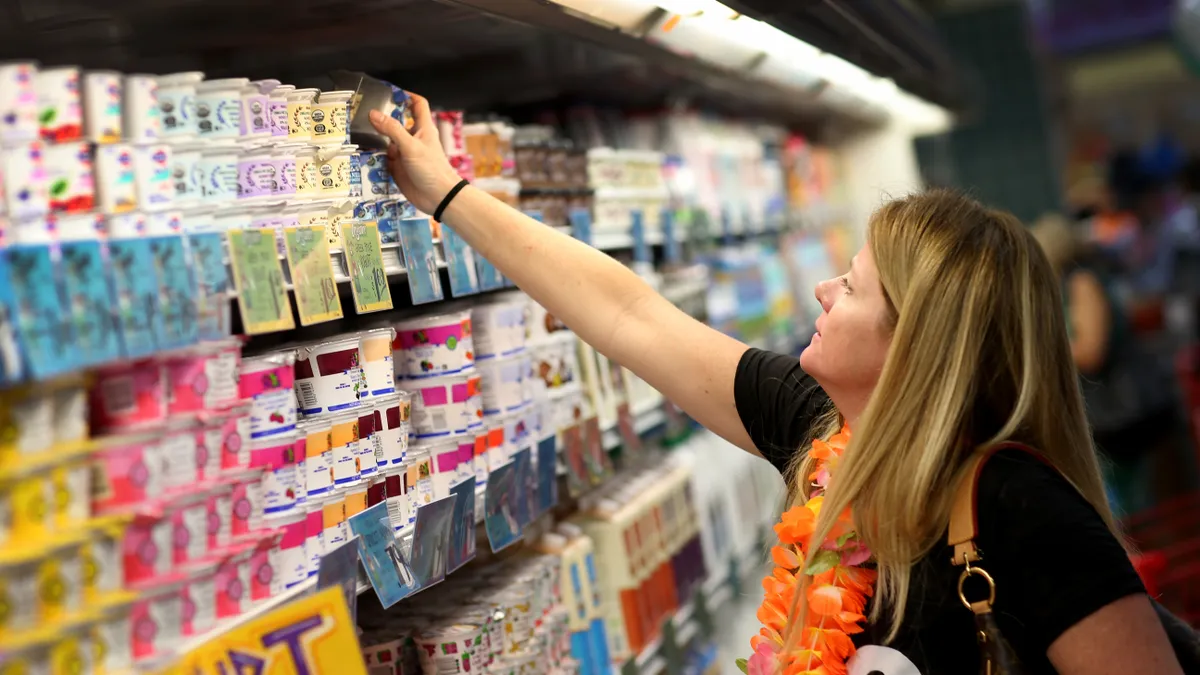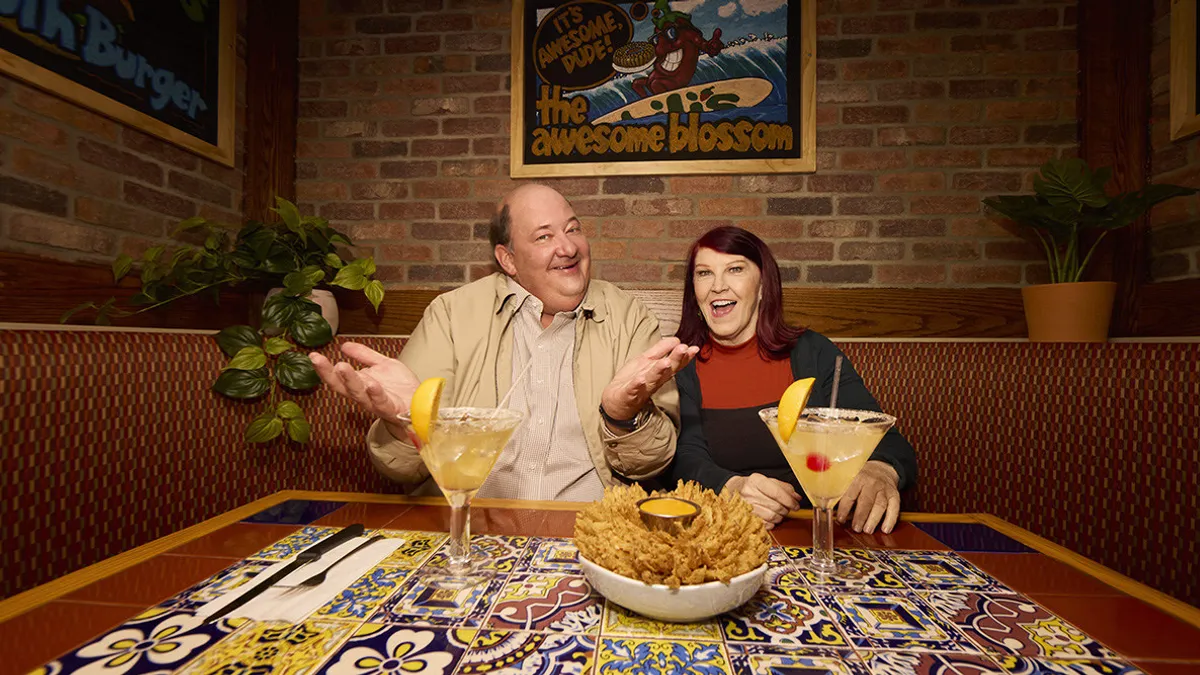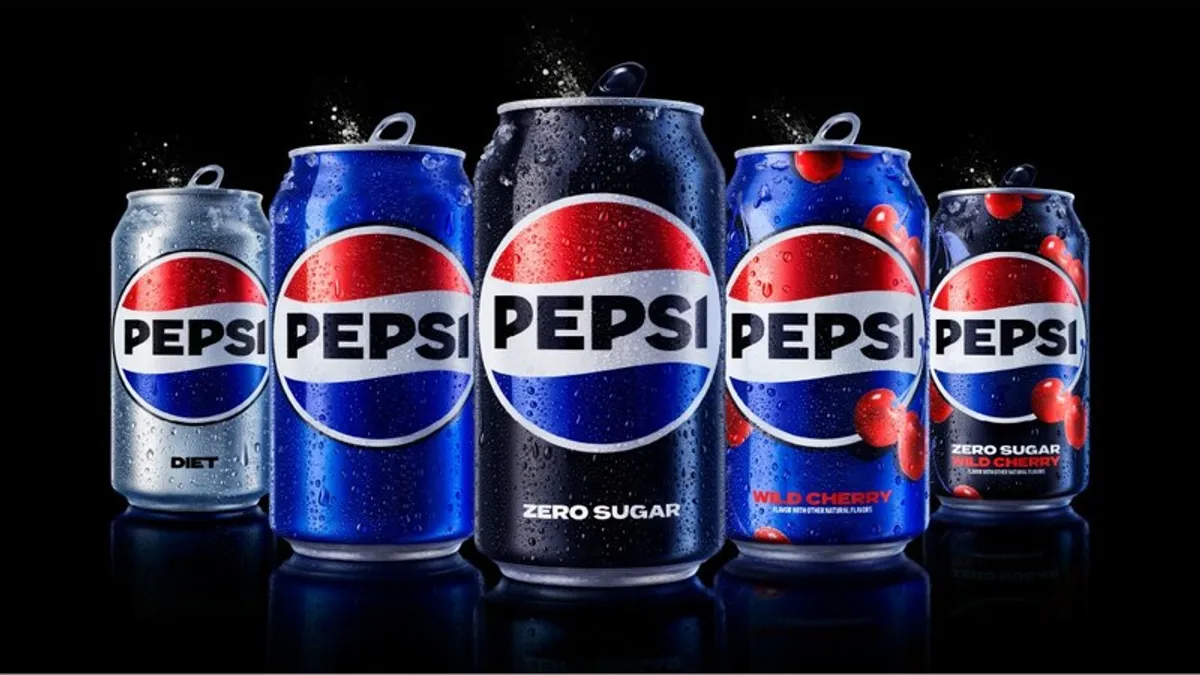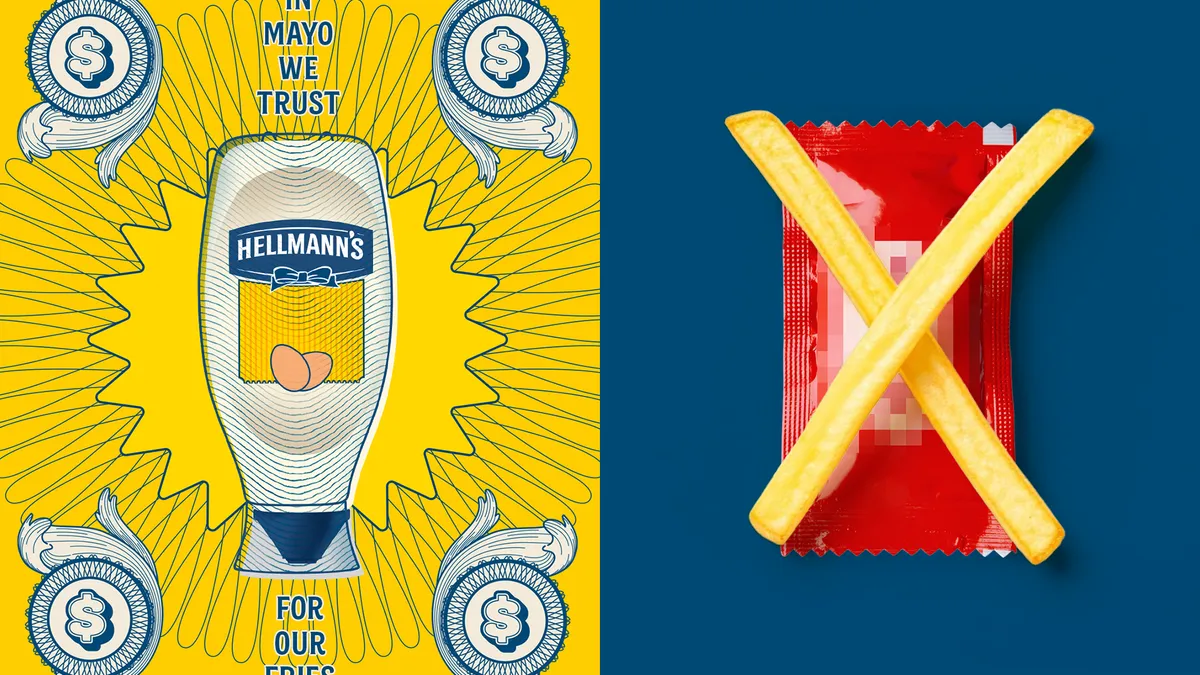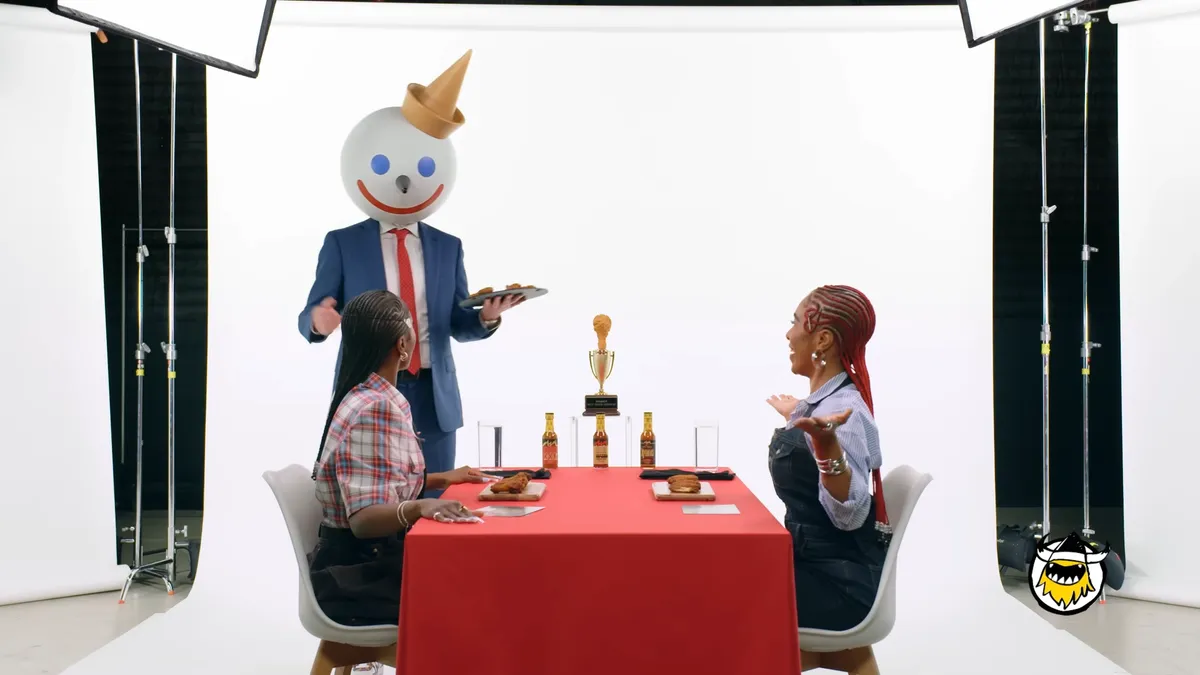Just days into the new year, Calvin Klein released its spring 2024 men’s underwear collection with an ad campaign that inspired a string of admiring TikToks and think pieces. The resulting surge in social media impressions was worth about $74 million, according to the brand’s holding company PVH Corp.
The images featured actor Jeremy Allen White in his hometown of New York City, sporting classic Calvin Klein underwear styles, such as white cotton boxer briefs. Images included photos and a video of White exercising on a rooftop, scored by Lesley Gore’s song “You Don't Own Me.”
White is the star of the buzzy FX on Hulu series “The Bear,” which debuted its third season on Wednesday. The actor and the series received honors at this year’s Golden Globes and Emmy Awards, which were both held shortly after the campaign launched. White wore a black suit and sheer black shirt by Calvin Klein at the Golden Globes. White wore Calvin Klein again to the series’ season premiere in Los Angeles Tuesday, in an oyster white bespoke suit with a black tie.
Calvin Klein is a 56-year-old brand known for head-turning, and at times controversial, ads starring popular celebrities. However, the campaign starring White was unique in the amount of attention it drew.
Within the first 48 hours of its debut, the media campaign generated $10.4 million in media impact value, and generated $699,000 in MIV for the Calvin Klein brand itself, according to data from Launchmetrics. By PVH’s own metrics, the campaign generated $12 million in media exposure within the same time period.
By comparison, Calvin Klein campaigns starring Michael B. Jordan and Carlos Alcaraz netted $3.8 million and $827,000 in MIV, respectively, within 48 hours of their launches, per Launchmetrics.
The campaign debuted as PVH is in the midst of a multi-year plan to boost Calvin Klein’s desirability and consumer loyalty.
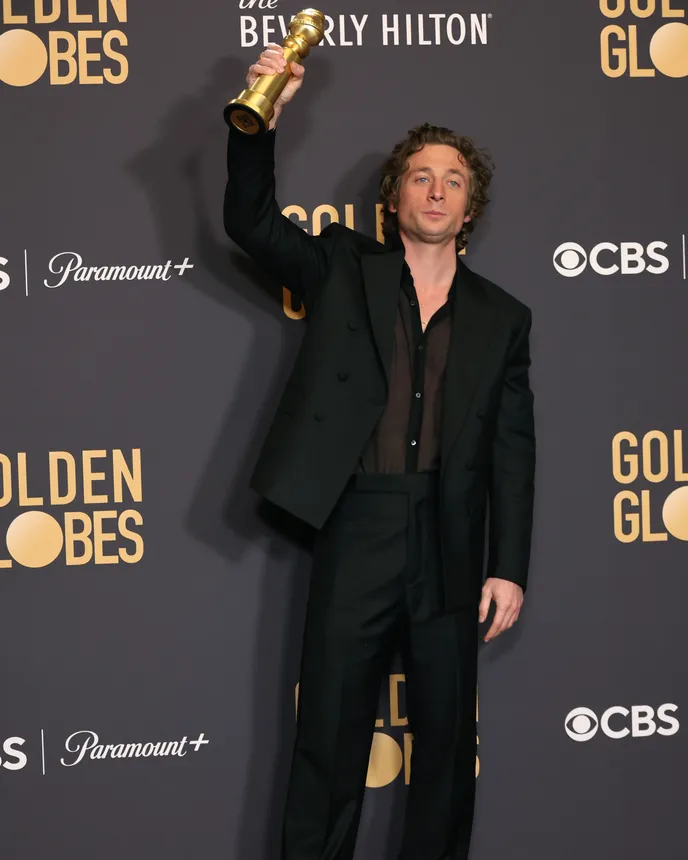
In an April earnings call with analysts, CEO Stefan Larsson said the Calvin Klein brand was “driving some of the highest consumer engagement” in its history, “fueled by cut through campaigns with globally relevant mega-talent.” When asked by analysts about the overall health of the Calvin Klein brand, Larsson pointed to these campaigns.
“We saw the impact of this work earlier this year with the launch of our spring campaign featuring Jeremy Allen White, and we are excited to build on this strong momentum as Calvin’s global product engine takes hold,” Larsson said.
But translating media impact value into financial results “lies in leveraging these engagements into actionable connections that convert,” Benjamin Bond, former principal in the consumer practice at Kearney, said in an email to Fashion Dive.
What makes a successful Calvin Klein campaign
During PVH’s latest fiscal year, the Calvin Klein brand drove “more consumer engagement than at any other time in the history of the brand,” Larsson said in the call. Larsson credited this to its media campaigns, including the one starring White. He added that the campaign was “the biggest cut-through campaign in all of the fashion industry,” though this claim isn’t verifiable.
Additionally Larsson said the brand had 134 million engaged fans on Instagram, up 60% from the same time last year.
The first week of the campaign featuring White also translated into a 30% jump in underwear sales compared to the year prior, Larsson said.
“Calvin Klein just nailed it with the timing.”

Gina Kwok-Tischler
Associate Chair of Fashion Marketing and Management, Savannah College of Art and Design
Still, visuals from the campaign weren't groundbreaking. The brand is known for underwear ads featuring stripped-down celebrities, including Mark Wahlberg’s boxer brief ads in 1992.
Other Calvin Klein campaigns have drawn buzz due to controversy. This includes ads starring an underage Brooke Shields and others with underage naked children, and more recently, an ad starring FKA Twigs that was partially banned by the UK’s Advertising Standards Authority.
Many of these campaigns reached big numbers because of these issues, but with the White campaign, Calvin Klein appears to have finally found the perfect moment to be provocative but not controversial. Perhaps in addition to finding a relevant brand partner at the peak of award season, the fact that Calvin Klein didn’t stray from its history could have led to its success.
“Calvin Klein just nailed it with the timing,” Gina Kwok-Tischler, associate chair of fashion marketing and management at the Savannah College of Art and Design, said in an interview with Fashion Dive.
Kwok-Tischler noted that this digitally focused campaign was a tactic by Calvin Klein to meet a new generation of consumers where they are, as many in Generations Z and Alpha shop digitally first. White’s award show appearances and “The Bear”-fueled star power helped too.
Translating MIV to revenue
In 2022, PVH launched a series of initiatives, called the PVH+ plan, that are meant to boost consumer loyalty and brand desirability for Calvin Klein and its sister brand Tommy Hilfiger. The program aims to place the company at $12.5 billion in global revenue by 2025, among other financial targets.
The plan also included the divestment of some of its innerwear brands, after it sold part of its heritage brands business to Authentic Brands Group.
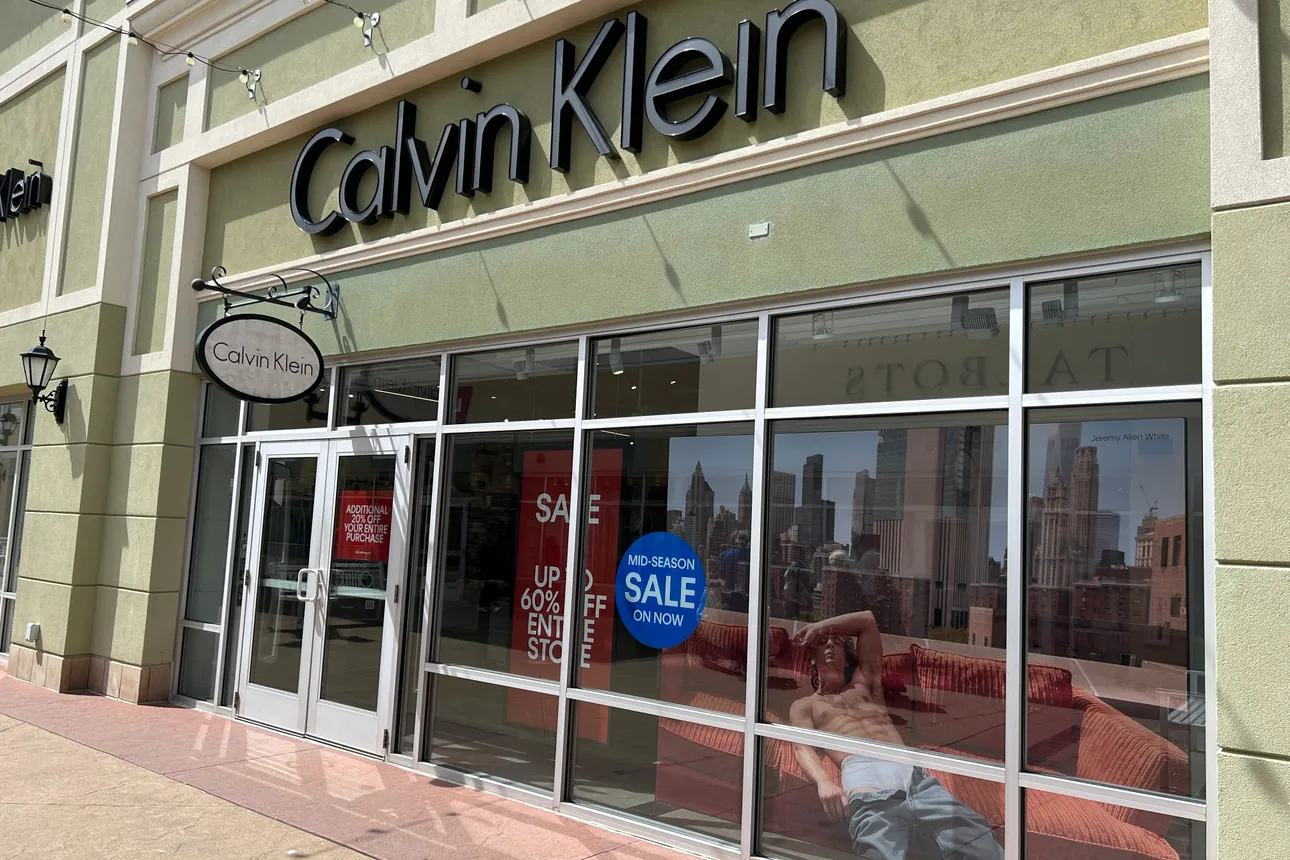
“They’ve walked away from so much heritage volume that at this point, if they can get Calvin and Tommy Hilfiger to move in the right direction, the total business should see growth,” Simeon Siegel, managing director at BMO Capital Markets, said in an interview.
At the end of May, Calvin Klein made another move to lead it into a “new era” by revamping Calvin Klein Collection, a line that has been on hiatus since 2019. It named Veronica Leoni creative director of the line and set a runway debut for fall 2025.
A spokesperson for the brand declined to comment on this story, saying the brand was in the midst of a “quiet period.”
By segment, Calvin Klein’s sales have been a mixed bag. The Calvin Klein North America business saw its revenue decline each quarter in 2023, which the company attributed to wholesale challenges. By contrast, its international business was on the rise during the same period.
The company’s Q1 2024 results marked the first quarter since 2022 when Calvin Klein North America saw a revenue increase.
Maintaining authenticity
Effective marketing campaigns have been a large part of Calvin Klein’s business, and helped build it into what it is today, with “incredible brand awareness,” Siegel said. This builds on top of the company’s combination of department store distribution and licensing partnerships, he said.
When marketing is done right, it drives revenue, Siegel said, but it’s a question of whether that revenue comes immediately or over time.
“PVH is historically very good at driving ad spending on brand-building marketing as well,” he said. “Not many campaigns are not intended to drive a specific purchase, and I think that PVH’s product is not revolutionary… They’re trying to stay top of mind when consumers are thinking about how to outfit themselves.”
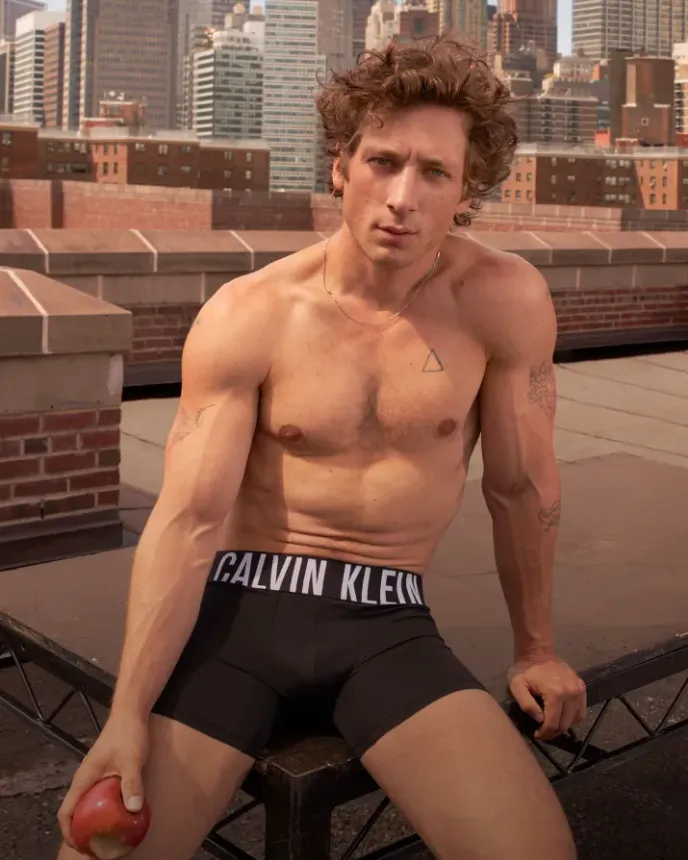
The campaign had a clear goal of introducing the brand to a new generation and additionally featured elements that appealed to recent trends championed by a younger cohort of consumers, according to Kwok-Tischler.
“There is a lot of focus on retro, on bringing back elements of the past and then making them relevant to today,” Kwok-Tischler said. “A lot of Gen Z, a lot of Gen Alpha, they love the thrifting idea, they love going through their parents' closets and looking to see what was relevant in the past, and then updating it for the future. This campaign… did a great job of heating that aspect of the Zeitgeist.”
Yet when working to grab the attention of new consumers, it’s important for brands to still maintain their existing base, per Siegel.
Authenticity is something key to a successful campaign, Kwok-Tischler said, and younger generations are particularly adept at seeing through inauthentic claims or brand representations, and “they’ll be the first to call it out.”
This was particularly important for this campaign to reach that demographic.
“If you think of American fashion, you think of New York,” she said. “Everything about this campaign was just authentically New York, even Jeremy Allen White is from New York… It really created a really authentic campaign from that perspective.”



